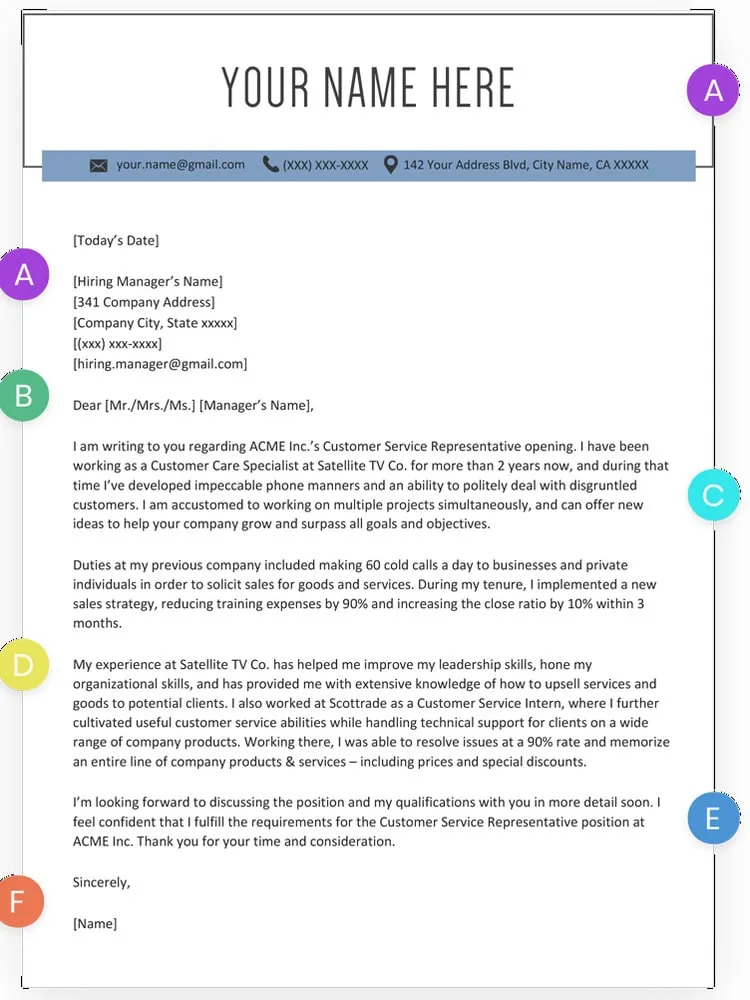What is a Cover Letter
A cover letter is a crucial document that accompanies your resume when applying for a job. It serves as your introduction to a potential employer, providing context to your resume and highlighting your qualifications, skills, and interest in the specific position. Unlike a resume, which provides a factual summary of your experience, a cover letter allows you to express your personality, explain your career goals, and demonstrate why you are the ideal candidate for the role. It’s your chance to make a strong first impression and persuade the hiring manager to read your resume with genuine interest. A well-crafted cover letter can significantly increase your chances of securing an interview.
Why is a Cover Letter Important
In today’s competitive job market, a cover letter is often a deciding factor in whether your application gets noticed. It provides an opportunity to showcase your communication skills, which are essential in nearly every professional setting. A cover letter allows you to personalize your application, demonstrating that you’ve researched the company and understand the specific requirements of the job. It’s your chance to connect the dots between your skills and the employer’s needs, showing why you are a great fit. Without a cover letter, you might be perceived as lacking genuine interest or failing to put in the extra effort required for the role. The cover letter allows you to clarify any gaps in your resume, explain career changes, or highlight achievements that might not be immediately apparent from your resume alone. In short, it can be the key that unlocks the door to your next job opportunity.
Cover Letter Essentials Your Must-Haves
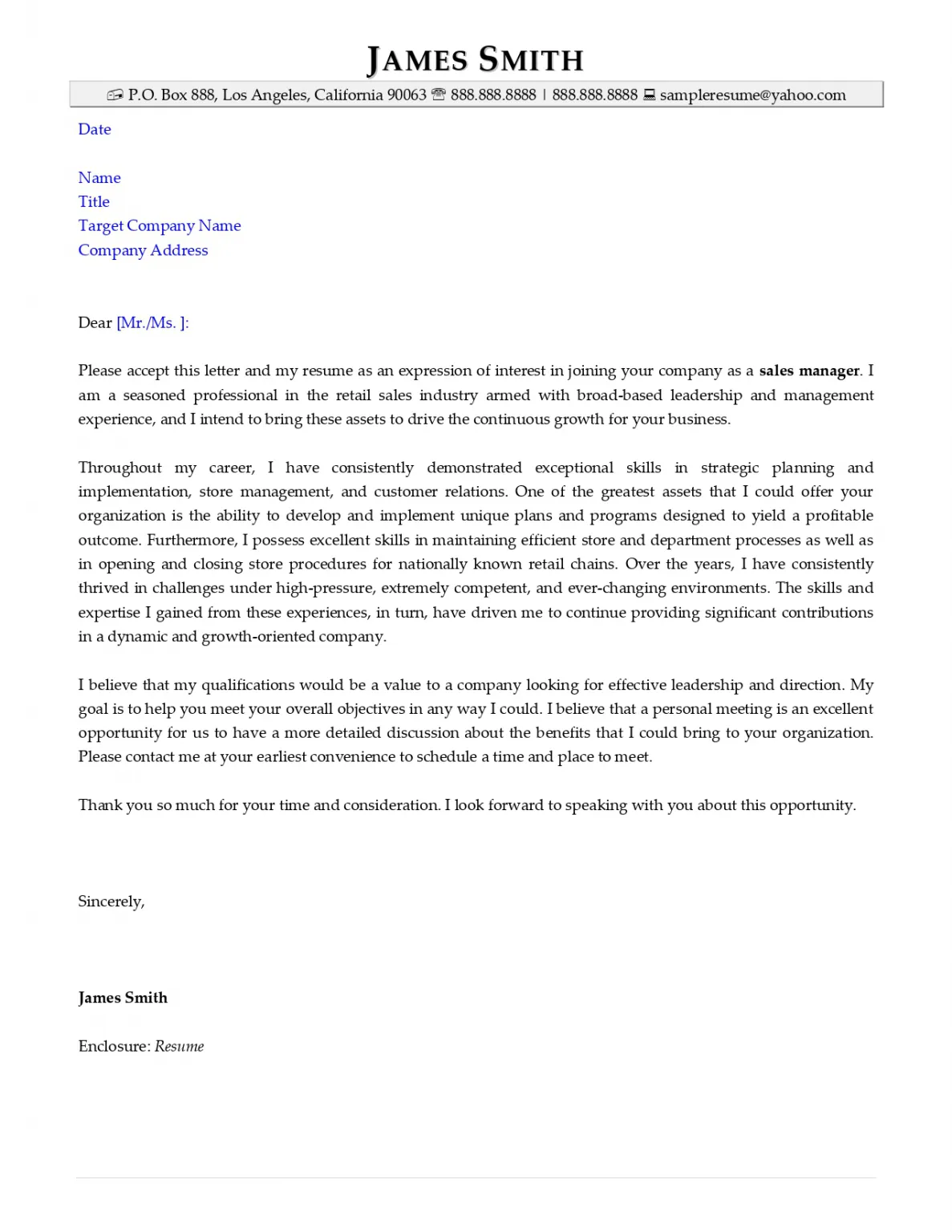
Crafting a compelling cover letter involves focusing on several key elements. Firstly, it should always be customized for the specific job you are applying for. This includes addressing the hiring manager by name whenever possible, referencing the job description, and tailoring your skills and experiences to match the requirements. Secondly, be concise and to the point; aim for a letter that’s no more than one page long. Thirdly, showcase your most relevant skills and achievements, using concrete examples to illustrate your abilities. Always proofread your letter meticulously for any errors in grammar, spelling, or punctuation. The tone of your cover letter should be professional but also reflect your personality and enthusiasm for the position. Finally, include a clear call to action, expressing your interest in an interview and providing your contact information.
Header and Contact Information
The header of your cover letter is the first thing a hiring manager sees, so it’s important to get it right. Begin by including your full name, address, phone number, and professional email address at the top of the page. Make sure your contact information is easy to read and up-to-date, so employers can easily reach you. Following this, include the date and the hiring manager’s name and title, along with the company name and address, if known. If you cannot find the hiring manager’s name, you can use a general title like ‘Hiring Manager’ or ‘Recruiting Team’. The format should be clean and professional, ensuring the reader can quickly find the essential details needed to contact you. This section sets the stage for the rest of your letter and gives a professional first impression. Make it easy for them to contact you.
Greeting the Hiring Manager
The greeting sets the tone for your entire cover letter. Always try to address the hiring manager by name. This shows that you’ve taken the time to research the company and the specific role, demonstrating your genuine interest. If the hiring manager’s name is not available, a professional greeting like ‘Dear Hiring Manager’ is a suitable alternative. Avoid generic greetings such as ‘To Whom It May Concern,’ which can make your letter seem impersonal. The greeting should be formal and respectful, setting a positive tone from the outset. After the greeting, use a comma. Your greeting should be tailored to reflect the formality of the company culture, but aim to strike a balance between professionalism and approachability. This initial salutation is your first opportunity to make a positive impact on the reader.
Body Paragraph 1 Grab Their Attention
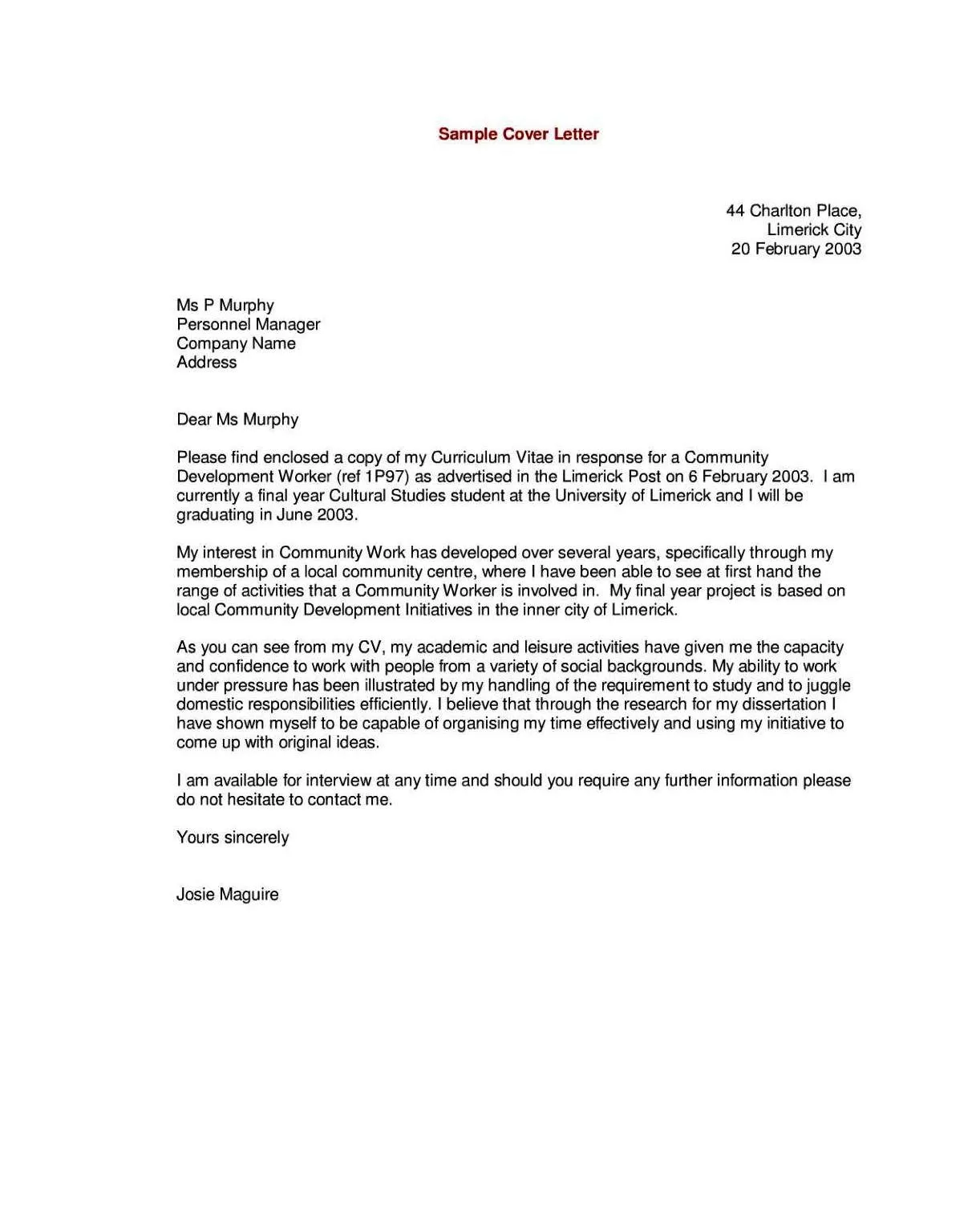
The first paragraph of your cover letter needs to immediately capture the reader’s attention. Start with a compelling hook that highlights your most relevant skills or experiences. State the position you are applying for and how you found the job opening. Briefly explain why you are interested in the position and the company. Tailor this paragraph to reflect the specific requirements mentioned in the job description. Show enthusiasm and make it clear why you are excited about this particular opportunity. Briefly summarize your key qualifications and accomplishments. The goal is to make the hiring manager want to read further. Focus on your understanding of the company’s needs, and demonstrate that you are the ideal candidate by emphasizing a key skill or accomplishment that aligns perfectly with the job’s requirements. This first paragraph is your opportunity to make a strong initial impression.
Body Paragraph 2 Highlight Your Skills
In the second paragraph, delve deeper into your skills and how they align with the job requirements. This is the perfect place to highlight relevant experiences and achievements. Back up your claims with quantifiable results, such as increased sales, cost savings, or successful project completions. Provide specific examples of how you used your skills to solve problems or achieve goals in previous roles. Be sure to use keywords from the job description to demonstrate that you understand the role. This paragraph should offer concrete evidence of your abilities and demonstrate how your skills will benefit the company. Use action verbs to describe your accomplishments and skills, such as ‘managed,’ ’led,’ ‘developed,’ or ‘implemented.’ Ensure that the examples you provide are relevant and compelling, showcasing your value as a potential employee.
Body Paragraph 3 Show Your Enthusiasm
The third paragraph allows you to express your enthusiasm for the opportunity. Explain why you are interested in the company and its mission. Mention specific aspects of the company or the role that resonate with you. Highlight any research you’ve done about the company and how your values align with theirs. Show that you’ve thought about how you can contribute to the company’s success. Focus on what you bring to the table and how you can make a difference. Express your excitement about the prospect of working with the team. This paragraph is an opportunity to demonstrate your passion and interest in the role, making it clear that you are genuinely motivated to join the company. This shows the hiring manager that you are not just looking for a job, but also looking forward to being a part of the organization’s future.
Closing the Letter
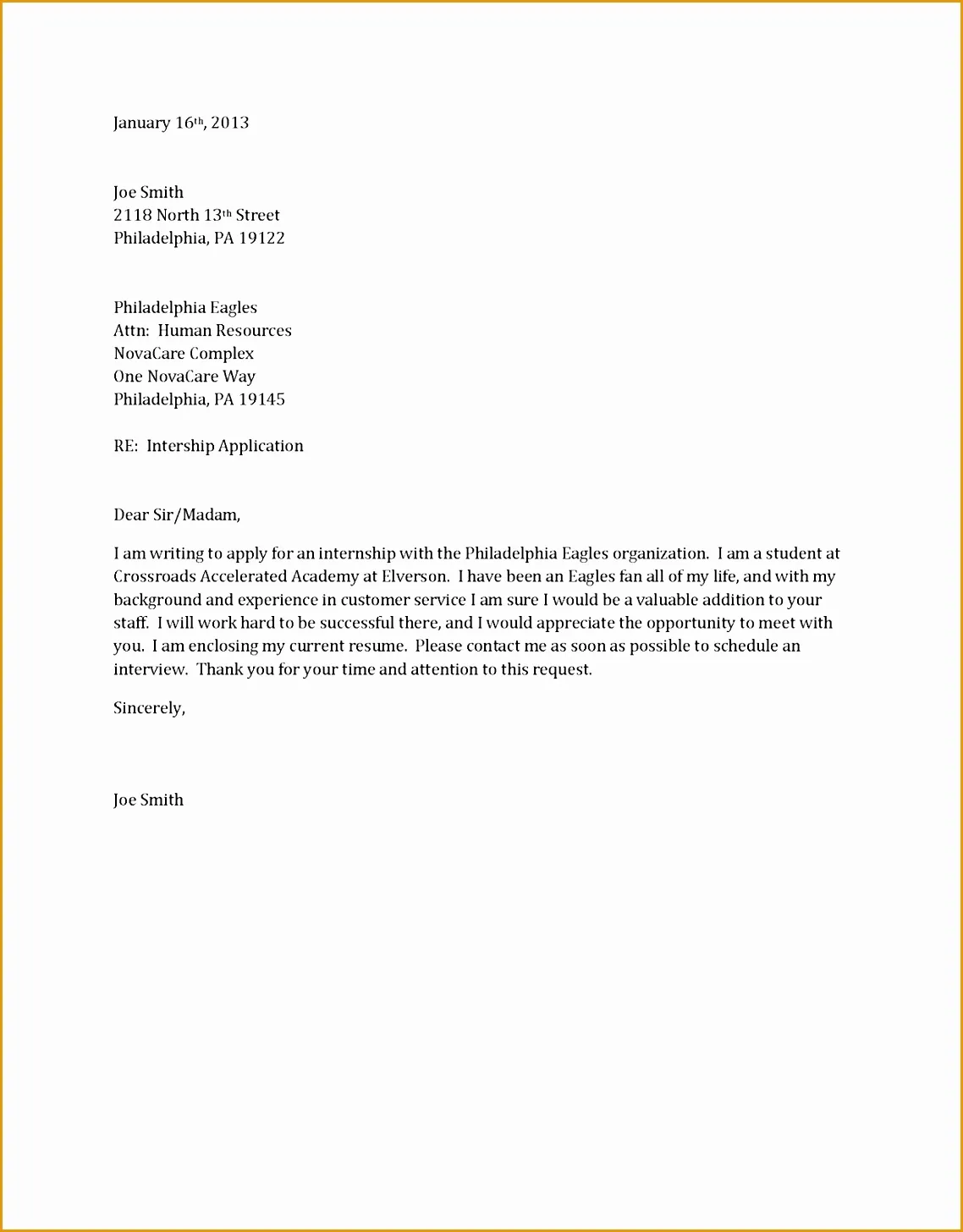
Your closing paragraph should restate your interest in the position and express gratitude for their time and consideration. Include a call to action, such as requesting an interview. Reiterate your enthusiasm and reiterate how your skills align with the company’s needs. Thank the hiring manager for reviewing your application and express your anticipation of hearing from them soon. Provide your contact information again, just in case it’s needed. Make sure to close with a professional closing, such as ‘Sincerely’ or ‘Best regards,’ followed by your full name. Ensure your closing is concise, professional, and leaves a positive final impression. The closing paragraph summarizes your main points and reinforces your commitment to the role.
Proofread and Edit for Perfection
Proofreading is a critical step that should not be overlooked. Carefully review your cover letter for any errors in grammar, spelling, punctuation, and formatting. Consider using spell-check and grammar-check tools, but don’t rely on them entirely. Read your letter aloud to catch any awkward phrasing or sentence structure issues. Ensure your cover letter is free of any typos or grammatical errors that could undermine your credibility. It is also a good idea to have someone else review your letter. A fresh pair of eyes can often spot mistakes that you might miss. Pay close attention to the overall tone and flow of the letter. Proofreading shows that you pay attention to detail and that you are committed to presenting yourself in the best possible light. This step is essential to make a professional and polished impression.
Formatting Tips for Cover Letters
Formatting can greatly affect how your cover letter is perceived. Use a standard, easy-to-read font such as Times New Roman, Arial, or Calibri, with a font size between 10 and 12 points. Maintain consistent formatting throughout the document. Use single spacing within paragraphs and double spacing between paragraphs. Keep your margins at one inch on all sides. Avoid using excessive bolding, italics, or underlining, as they can be distracting. Ensure that the text is left-aligned and avoid justification. Your goal should be to create a clean, uncluttered document that is easy to read. A well-formatted cover letter reflects professionalism and attention to detail, showing you take pride in your application. Remember that readability is key to keeping the hiring manager engaged with your letter.
Cover Letter Examples to Inspire You
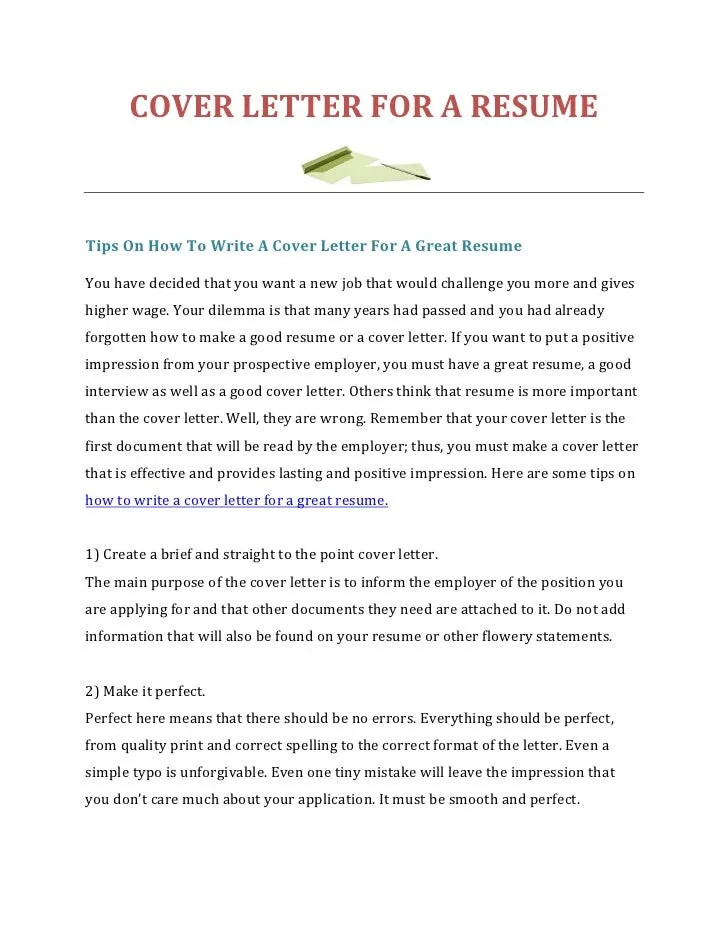
Studying examples of cover letters can be a helpful way to understand different approaches and formats. Look for examples that align with your industry and the type of job you are applying for. Analyze successful cover letters to understand how they structure their arguments, highlight their skills, and express their enthusiasm. Pay attention to how the letter addresses the hiring manager, what language is used, and how the candidate expresses their motivation. You can find many examples online, from resume writing services, or in career guides. Adapt the examples to suit your own qualifications and the specific requirements of the job. Do not copy them word-for-word; instead, use them as a guide to structure your own customized letter.
Cover Letter Mistakes to Avoid
There are several common cover letter mistakes that you must avoid. Don’t submit a generic cover letter; always tailor it to the specific job and company. Avoid using clichés and overly formal language that can sound insincere. Never include negative information about past employers or experiences. Don’t ramble or go on for too long; aim for a one-page letter. Proofread carefully to avoid typos or grammatical errors. Never lie or exaggerate your qualifications. Don’t focus solely on what you want, also on what you can offer the company. Avoid using a casual tone or slang. By avoiding these mistakes, you’ll significantly enhance your chances of making a positive impression on potential employers and securing an interview.
